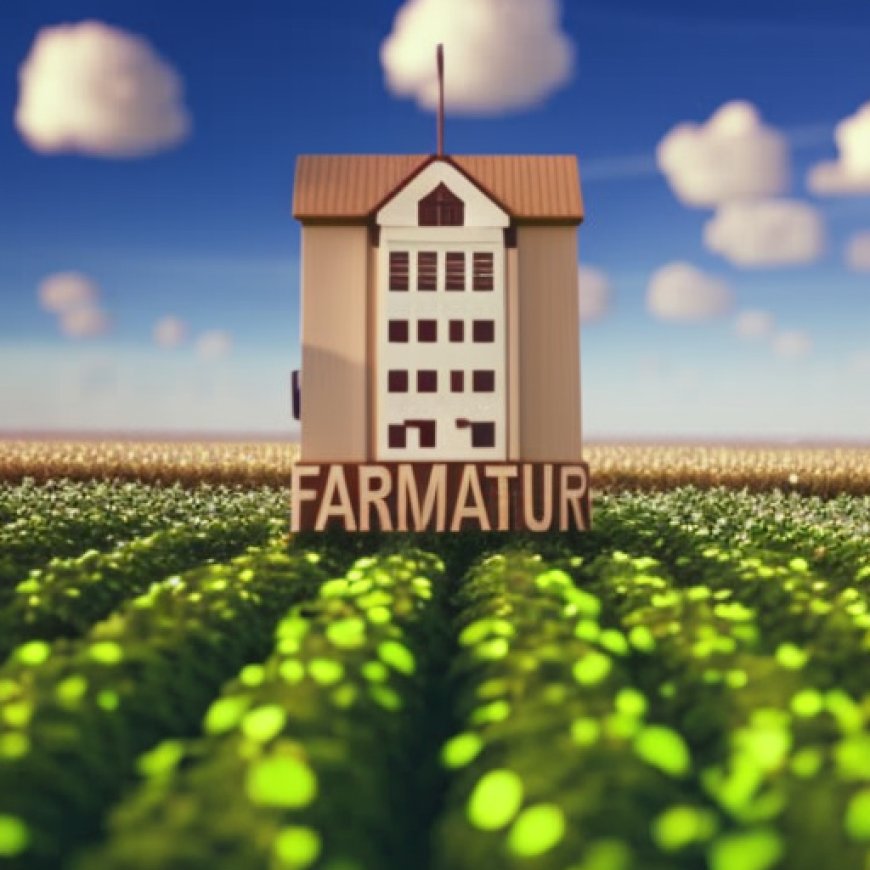EU Commission proposes common agricultural policy revisions following farmer protests
EU Commission proposes common agricultural policy revisions following farmer protests FreshPlaza.com



European Commission Proposes Revisions to Common Agricultural Policy
Following weeks of farmer protests across the European Union, the European Commission published a legislative proposal to amend certain provisions of the Common Agricultural Policy.
Sustainable Development Goals (SDGs)
On March 15, 2024, following weeks of farmer protests across the European Union demanding less administrative burden and better prices, the European Commission published a legislative proposal to amend certain provisions of the Common Agricultural Policy (CAP). The Commission acknowledged that the first year of implementation of the current CAP1 made clear that adjustments are necessary to ensure effective implementation of the National Strategic Plans and reduce red tape.
Commenting on the publication of the proposal, President of the European Commission, Ursula von der Leyen, said: “The Commission is taking strong and swift action to support our farmers in a time when they are dealing with numerous challenges and concerns. Today’s proposals – crafted in close cooperation with farmers, key stakeholders, our Member States and MEPs – offer targeted flexibilities to help farmers do their vital work with greater confidence and certainty. We are sending a clear message that agricultural policy adapts to changing realities while staying focused on the key priority of protecting the environment and adapting to climate change. The Commission will continue to stand steadfastly by our farmers, who maintain EU food security and serve at the frontline of our climate and environment action.”
Proposed Changes
The proposal introduces changes to good agricultural and environmental condition standards (GAEC standards), amendments to CAP Strategic Plans and their review, and exemptions from controls and penalties by the national competent authorities.
Full Report
Click here to read the full report.
Source
Photo Source
Twitter X
SDGs, Targets, and Indicators
1. Which SDGs are addressed or connected to the issues highlighted in the article?
- SDG 2: Zero Hunger
- SDG 12: Responsible Consumption and Production
- SDG 13: Climate Action
- SDG 15: Life on Land
The article discusses the European Commission’s proposal to amend certain provisions of the Common Agricultural Policy (CAP) in response to farmer protests. The issues highlighted in the article, such as reducing administrative burden and ensuring better prices for farmers, are connected to SDG 2 (Zero Hunger) as they aim to improve agricultural practices and support food security. Additionally, the proposal’s focus on protecting the environment and adapting to climate change aligns with SDG 12 (Responsible Consumption and Production) and SDG 13 (Climate Action). Furthermore, the mention of amendments to good agricultural and environmental condition standards (GAEC standards) relates to SDG 15 (Life on Land), which emphasizes the sustainable management of land and ecosystems.
2. What specific targets under those SDGs can be identified based on the article’s content?
- Target 2.3: By 2030, double the agricultural productivity and incomes of small-scale food producers.
- Target 12.4: By 2020, achieve the environmentally sound management of chemicals and all wastes throughout their life cycle.
- Target 13.2: Integrate climate change measures into national policies, strategies, and planning.
- Target 15.9: By 2020, integrate ecosystem and biodiversity values into national and local planning, development processes, poverty reduction strategies, and accounts.
Based on the article’s content, the specific targets that can be identified are related to improving agricultural productivity and incomes of small-scale food producers (Target 2.3), achieving environmentally sound management of chemicals and wastes (Target 12.4), integrating climate change measures into policies and planning (Target 13.2), and integrating ecosystem and biodiversity values into planning and development processes (Target 15.9).
3. Are there any indicators mentioned or implied in the article that can be used to measure progress towards the identified targets?
- Indicator 2.3.1: Volume of production per labor unit by classes of farming/pastoral/forestry enterprise size.
- Indicator 12.4.1: Number of parties to international multilateral environmental agreements on hazardous waste, including their disposal.
- Indicator 13.2.1: Number of countries that have communicated the establishment or operationalization of an integrated policy/strategy/plan which increases their ability to adapt to the adverse impacts of climate change.
- Indicator 15.9.1: Progress towards national targets established in accordance with Aichi Biodiversity Target 2 of the Strategic Plan for Biodiversity 2011-2020.
The article does not explicitly mention indicators; however, based on the identified targets, relevant indicators can be used to measure progress. These indicators include measuring the volume of production per labor unit by enterprise size (Indicator 2.3.1), tracking the number of parties to international agreements on hazardous waste (Indicator 12.4.1), monitoring the number of countries with established policies/strategies/plans for climate change adaptation (Indicator 13.2.1), and assessing progress towards national biodiversity targets (Indicator 15.9.1).
4. Table: SDGs, Targets, and Indicators
| SDGs | Targets | Indicators |
|---|---|---|
| SDG 2: Zero Hunger | Target 2.3: By 2030, double the agricultural productivity and incomes of small-scale food producers. | Indicator 2.3.1: Volume of production per labor unit by classes of farming/pastoral/forestry enterprise size. |
| SDG 12: Responsible Consumption and Production | Target 12.4: By 2020, achieve the environmentally sound management of chemicals and all wastes throughout their life cycle. | Indicator 12.4.1: Number of parties to international multilateral environmental agreements on hazardous waste, including their disposal. |
| SDG 13: Climate Action | Target 13.2: Integrate climate change measures into national policies, strategies, and planning. | Indicator 13.2.1: Number of countries that have communicated the establishment or operationalization of an integrated policy/strategy/plan which increases their ability to adapt to the adverse impacts of climate change. |
| SDG 15: Life on Land | Target 15.9: By 2020, integrate ecosystem and biodiversity values into national and local planning, development processes, poverty reduction strategies, and accounts. | Indicator 15.9.1: Progress towards national targets established in accordance with Aichi Biodiversity Target 2 of the Strategic Plan for Biodiversity 2011-2020. |
Behold! This splendid article springs forth from the wellspring of knowledge, shaped by a wondrous proprietary AI technology that delved into a vast ocean of data, illuminating the path towards the Sustainable Development Goals. Remember that all rights are reserved by SDG Investors LLC, empowering us to champion progress together.
Source: freshplaza.com

Join us, as fellow seekers of change, on a transformative journey at https://sdgtalks.ai/welcome, where you can become a member and actively contribute to shaping a brighter future.







